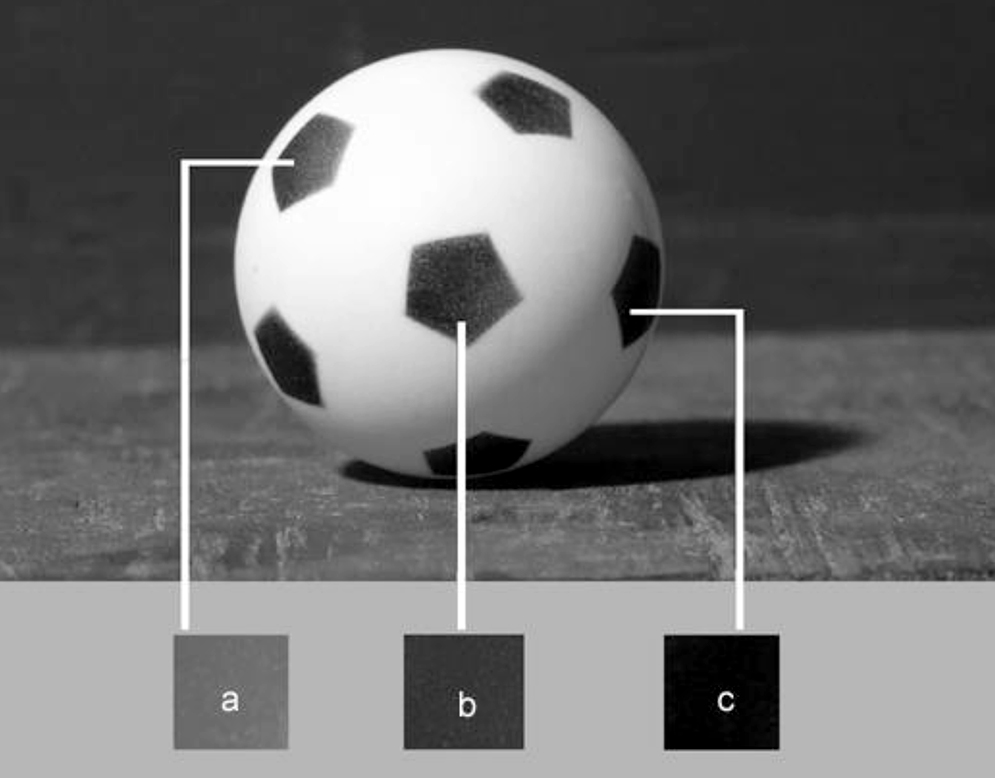4 Great Tips for a Successful Approach to Surface Details
A confident and successful approach to detail begins with an ability to simplify at the onset of a drawing or painting endeavor. Uncertainty about details or surface characteristics can easily lead to works that appear unresolved or unfinished. With only a few key steps, you can identify micro and macro components, simplify your subject, and ultimately create the balance that best suits your creative needs.
Here’s how:
1. Squint! – Separate basic form from surface detail.
At the beginning of any drawing or painting project, I will frequently squint at my subject. This simple action will diminish the appearance of most surface textures, or details, thus revealing simple patterns of light and dark. These simple patterns describe the basic form of my subject and are often established first.
Once these basic patterns are established, my squint relaxes, allowing for surface details to slowly become visible again. The manner in which the details become increasingly visible directly mimics the manner in which my drawing develops. You can also determine which surface details are prominent, or perhaps more essential than others by observing which surface characteristics become visible first as you slowly relax your squint. This can be a fantastic gage to decide which elements are vital to describe the surface or even the essence of your subject.

Try and squint at example (1) until it resembles example (2). The first step in my drawing process is to capture the basic form that is revealed by squinting to this degree. As these initial patterns of value are drawn in, I begin to squint less and less. Notice as you begin to relax your squint while looking at example (1) how prominent details re-appear. The manner in which these details re-appear reflects how the details are added in my drawing procedure, adding the most noticeable details first (3).
2. …and Anticipate! – Take into account the “value” of the details.
One common pitfall of approaching a detailed subject is to overlook how the details (or micro-component(s)) will affect the overall value structure (or macro-component(s)). Will the details make your subject too dark? too light? –or just plain muddy? The answer to these questions is a little mixture of awareness and anticipation at the onset.
Try to keep in mind that when we initially squint at our subject, the values we perceive include the values of the surface details. For example, a white sphere covered with thin black lines may appear more “gray” when we squint. This is due to the black lines merging with the local white value “base” of the sphere. If we draw the sphere as the collective value perceived when squinting–and then add the black lines–the sphere will appear far too dark at resolve. Keep aware of how dark or how light the surface details are to be. If they are holding strong value influence—compensate accordingly. Anticipation like this will always keep your drawing on track.
3. Value Transitions – Following the lead of the form
Surface details (micro-components) should follow the same value changes that are visible in the underlying forms (macro-components). Static details that seem unaffected by the form’s overall light structure can completely flatten an object, hampering how dimensional your subject appears. When you look at a subject, try to observe how the value range of the details in the light read as opposed to the details seen in the shadows. To capture the subject accurately–the surface details should be represented in this same manner observed. This will not only make the surface more believable, but it will make the entire subject more dimensional.

Each pentagon shape on surface of this sphere is the essentially the same relative value. However, each one is affected by the light in the same manner as the sphere itself. The pentagons on the lighter regions of the sphere will appear lighter and those in the shadows will appear darker. Pay close attention to the value changes of any surface details so that they may not appear out of place. When your surface details follow the same light changes as the underlying forms, the result is a believable subject. (A) is located the in lighter region of the sphere and should appear lighter than (B) which resides in the halftones near the shadow. (C) is located deep in the shadow region and is therefore the darkest.
4. A Final Word on Surface Details
Believable surfaces are communicated by a successful series of visual clues. One great exercise I recommend for familiarizing yourself with a specific surface or texture, is to identify as many visual characteristics of a particular subject as possible. During a general “sketching session”, jot down a list of how many visual surface characteristics describe the subject you are trying to capture. For example, a general wooden surface may contain grain, knots, and cracks, nail holes, etc. But how about describing the surface of an apple? Or how about old barn wood? Or perhaps weathered leather? This “listing” exercise can be very challenging, but it can really familiarize you with a specific subject matter and allow for a more believable representation of it. However, knowledge of a certain surface or texture does not mean that you need to incorporate all you know of it into every painting or drawing. You might do better to simplify the surface into “visual essentials”, as mentioned earlier. Less can be much, much more. Balancing your drawings with the right amount of surface detail can be a bit tricky at times, but experience makes a great net.
We wish you every success!

